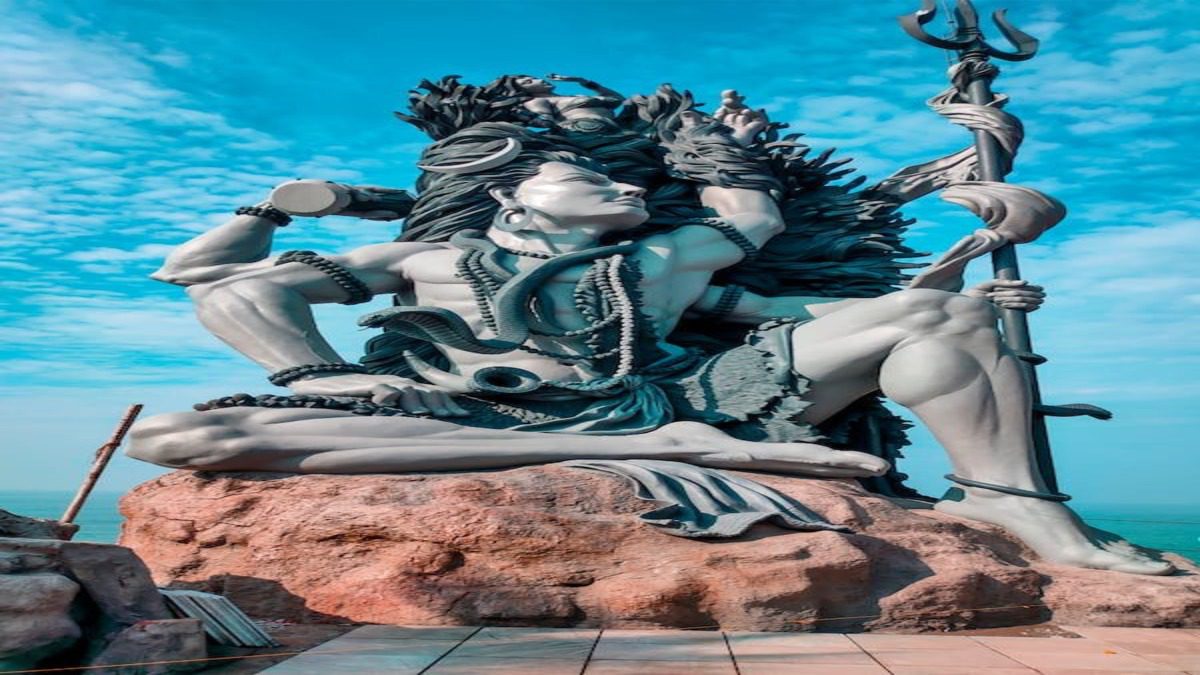Lord Shiva performed the cosmic dance of creation, preservation, and destruction, known as Rudra Tandav
Introduction: Understanding the Essence of Maha Shivratri
Maha Shivratri, today, March 8, 2024, stands as a profound celebration of the celestial union between Lord Shiva and Maa Parvati, amidst other cosmic phenomena. Rooted in Hindu mythology, this auspicious occasion marks the remarriage of the divine couple, symbolizing the harmonious amalgamation of Purusha and Prakriti—representing consciousness and nature, respectively—fostering the intricate process of creation.
Delving into Mythological Narratives
Legend has it that during the genesis of the universe, Lord Shiva assumed the form of Lord Rudra on the midnight of Maha Shivaratri, bestowing grace from Lord Brahma. Furthermore, this sacred night witnesses the cosmic spectacle of Rudra Tandav, the dance of creation, preservation, and dissolution, triggered by the anguish of Lord Shiva upon learning of Maa Sati’s self-immolation.
Symbolism in the Churning of the Great Ocean
Another profound tale entwined with Maha Shivratri recounts the saga of the churning of the great ocean, birthing a lethal poison potent enough to obliterate existence. In an act of unparalleled sacrifice, Lord Shiva consumed the poison to shield the cosmos, prompting devotees to express profound gratitude during Maha Shivaratri.
The Rituals and Observances of Maha Shivratri
The jubilant festivities of Maha Shivratri entail devotees flocking to temples, engaging in fervent prayers to Lord Shiva and Maa Parvati, reciting sacred mantras, observing rigorous fasts, and beseeching the divine couple’s blessings. It serves as an occasion for spiritual rejuvenation, inviting individuals to contemplate the eternal cycle of creation, preservation, and destruction, epitomized by Lord Shiva’s cosmic dance.
Conclusion: Reverence and Reflection
In essence, Maha Shivratri encapsulates profound reverence for the divine union of Lord Shiva and Maa Parvati, intertwined with cosmic harmony and spiritual introspection. As devotees immerse themselves in rituals and contemplation, they reaffirm their belief in the perpetual rhythm of existence, symbolized by the transcendent essence of Lord Shiva’s celestial dance.
FAQs (Frequently Asked Questions)
1. What is the significance of Maha Shivratri?
Maha Shivratri holds immense significance as it commemorates the divine union of Lord Shiva and Maa Parvati, along with various cosmic events, symbolizing the harmonious balance between consciousness and nature.
2. How do devotees observe Maha Shivratri?
Devotees observe Maha Shivratri by visiting temples, offering prayers, chanting mantras, observing fasts, and seeking the blessings of Lord Shiva and Maa Parvati, fostering spiritual rejuvenation and reflection.
3. What is the mythological significance of Lord Shiva’s cosmic dance?
Lord Shiva’s cosmic dance, Rudra Tandav, symbolizes the perpetual cycle of creation, preservation, and dissolution, reflecting the interconnectedness of existence and the transcendental essence of divine consciousness.
4. Why is Maha Shivratri celebrated on a specific date?
Maha Shivratri is celebrated on the 14th night of the dark fortnight in the Hindu month of Phalguna, as per the lunar calendar, aligning with cosmic energies conducive to spiritual elevation and enlightenment.
5. How does Maha Shivratri inspire spiritual introspection?
Maha Shivratri inspires devotees to engage in spiritual introspection by contemplating the profound symbolism of Lord Shiva’s cosmic dance, fostering a deeper understanding of the cyclical nature of existence and the eternal pursuit of spiritual enlightenment.
